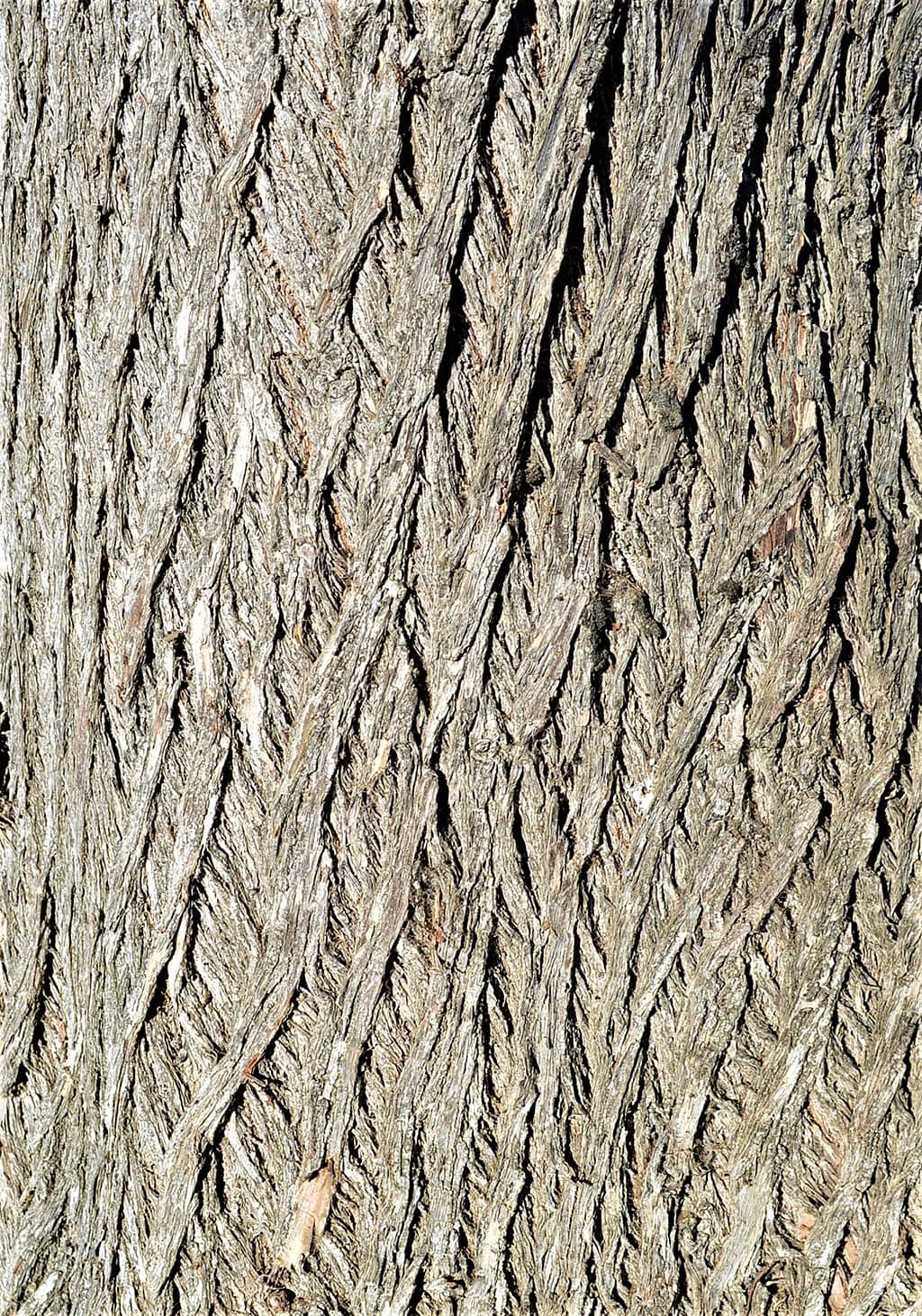Santa Barbara Beautiful Tree of the Month – December 2020

Schinus terebinthifolia
The Brazilian Pepper Tree puts on a dazzling show this time of year – not with flowers but with shiny green foliage and clusters of bright red fruit. This festive color combination has led to its use in home holiday decorations and to another of its common names, “Christmasberry Tree”.
It is a tree with many desirable attributes to commend it, but it also has numerous negative aspects that must be noted. On Santa’s list, it is both “naughty and nice”!
Brazilian Pepper is a small- to medium-sized broadleaf evergreen tree in the cashew family (Anacardiaceae). It can be grown as a tree (with single or multiple trunks) or as a large shrub. It grows at a rate of 2 feet per year, up to a height of 20-30 feet, with an equal or greater branch spread.
It is attractive in all seasons, due to its lush, glossy, dark green leaves. The 6- to 12-inch long leaves are comprised of 7 to 13 lance-shaped leaflets, each leaflet being 1 to 2 inches long. Its bark varies from light to dark gray and, with age, develops interlaced ridges in a lattice-like pattern with cinnamon-brown showing between.
In late summer into fall, an abundance of small (1/8-inch wide), 5-petaled, creamy white flowers emerge on 6-inch long panicles that sprout from the axils of the leaves. Brazilian Pepper is “dioecious”, meaning that any individual tree will have only male flowers (which produce pollen) or only female flowers (which produce seeds). The flowers are classified in apiculture (beekeeping) as “melliferous”, which means that they produce substances (nectar, pollen, propolis, and honeydew) that are used by domesticated honeybees to make honey. Honeybees absolutely love the Brazilian Pepper’s flowers! From the time that flower buds appear, every tree resounds with the loud hum of harvesting bees.
Pollinated flowers (those only on female trees) produce profuse clusters of round, berry-like, drupe fruits (a single seed inside a fleshy coating) up to 1/4 inch across. The fruit ripens to a beautiful bright red from November to January, just in time for holiday decorating – or simply as a colorful display in the landscape throughout the winter.
Brazilian Pepper is native to subtropical and tropical South America, from southeastern Brazil to northern Argentina and Paraguay. It has been introduced in similar tropical climates and in Mediterranean climates such as our own, for use as an ornamental, with mixed results.
In its native habitat, it is a valuable tree often planted for reforestation. It has been used in folk herbal medicine for the treatment of a wide variety of conditions and diseases. Currently, modern medical research is being done to investigate its potent anti-bacterial and anti-viral properties. Though Brazilian Pepper is not a true pepper (not in the genus Piper), it is called a “peppertree”, because its dried berries are often sold as “pink peppercorns” to spice food dishes. How very “nice” it can be!
However, Brazilian Pepper also has its “naughty” side. It is in the same plant family as poison oak and poison sumac; so, not surprisingly, contacting its sap can cause uncomfortable skin reactions in sensitive people. Smoke from burning any part of it can have an effect like mace spray. Triterpenes found in the flesh of the fruits, when ingested by birds, can have a narcotic effect – and, when ingested in large quantities by people, can result in gastroenteritis, and diarrhea.
Brazilian Pepper has the amazing ability to thrive in almost any frost-free location. It can grow in almost any type of soil – and in both very dry and very wet conditions. It can spread rapidly either through root sprouts or seed dispersal by birds. It will aggressively out-compete other plants. For these reasons, it has been declared an “exotic invasive species” in many wet tropical and subtropical areas around the world where it had been introduced. In fact, in Texas and Florida, it is illegal to sell, transport, or plant it. This tells you how “naughty” it can be!
Fortunately, Brazilian Pepper has generally not proven to be that invasive in California, if the local climate is hot and dry.
It has very few insect or disease problems – but can be susceptible to root fungus diseases and infestations of brown scale. It looks better with supplemental irrigation – but it survives well without it. Its wood is relatively weak; branches are subject to breakage if left to grow too heavy or in windy weather. Regular pruning is recommended, to shorten heavy limbs and to allow the wind to pass easily through the canopy. Its root system is rather shallow and can lift adjacent pavement.
The botanical name for Brazilian Pepper is Schinus terebinthifolia. The genus name, Schinus, comes from the Greek name, “schinos”, for the mastic tree (Pistacia lentiscus), which it resembles. The specific epithet, terebinthifolia, is a combination of the Greek word “terebinthine” (meaning turpentine) and the Latin word “folia” (meaning foliage) and refers to the pepper-like aroma of its foliage. Its other common names include “Brazilian Peppertree”, “Rose Pepper”, “Broadleaved Pepper Tree”, and “Florida Holly”.
Brazilian Peppers were first planted in Santa Barbara in the late 1800s, as ornamental trees, primarily in private gardens. They became more widely planted here, starting in the 1950s and ’60s, in public areas as street trees and park trees and in commercial landscapes.
Mature Brazilian Peppers are a common sight around our community and are found as street trees in many locations. The best examples stand on the 700 to 900 blocks of Palermo Drive, on the 900 block of Calle De Los Amigos, on the 800 block of Torina Drive, on the 3800 block of Mariana Way, on Del Oro Avenue, on Calle Andalucía, on Flora Vista Drive, and (mixed with other species) on Willowglen Road. There are also a number of handsome specimens at Goleta Beach Park.
Tree-of-the-Month articles are sponsored by Santa Barbara Beautiful, whose many missions include the increase of public awareness and appreciation of Santa Barbara’s many outstanding trees and, in a long-time partnership with the City Parks & Recreation Department, the funding and planting of trees along the City’s streets – a project which has resulted in the planting, to date, of more than 13,000 street trees.
Article and photos by David Gress



